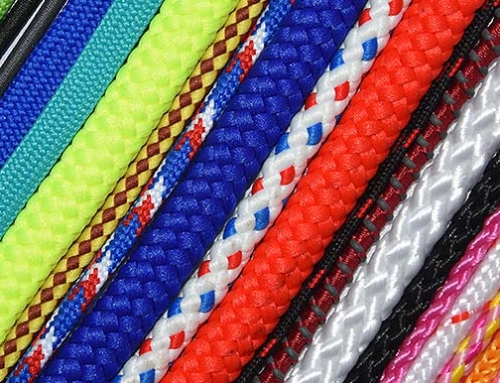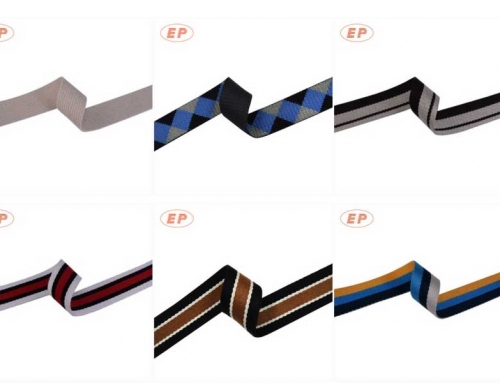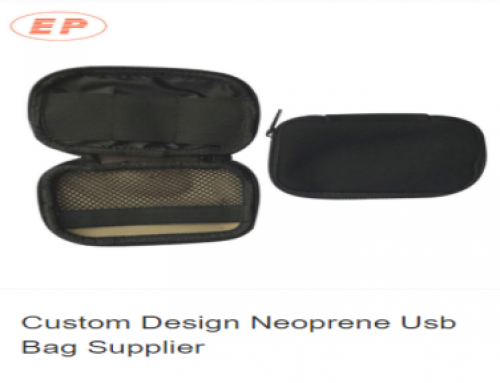What is the difference between polyester and polypropylene webbing?Polypropylene also known as polypropylene is a plastic, like polyethylene. The reason for the separation of polypropylene from polyethylene is that the polypropylene can be formed in a substantially softness above a certain temperature. When it cools, it will return to its solid state. Polypropylene can be used not only as a structural plastic, but also as a fiber. It also has a high melting point that separates it from polyethylene. Polyethylene has a field of polypropylene that is more stable than polyethylene. The advantage of polypropylene is that it can take repetitive movements, such as hinges. The hinges made of polypropylene can be opened and closed many times and remain well. This is known as having “good fatigue resistance”.
Polyester is the chemical fabric we use in our daily life. Polyester ribbon shiny bright, good meat quality, feel smooth, soft and good. In addition, the polyester has high strength, good impact resistance, heat and corrosion resistance, acid and alkali. But the polyester fabric is poorly hygroscopic and hard stained. It is easy to wash, dry fast and resistant to wrinkling than other fibers, good dimensional stability.
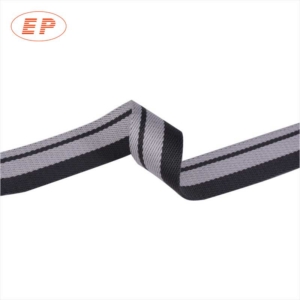 |
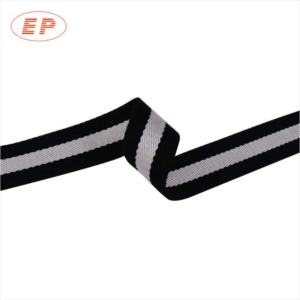 |
What is The Difference Between Polyester and Polypropylene
Polypropylene and polyester are synthetic materials. They are all polymers, which are essentially plastic. Thus, when the colors are built into the material, their colors do not fade or lose during washing. However, polypropylene is more hydrophobic than polyester, meaning it does not absorb as much water as possible. Since water can not be absorbed into the fabric, water (or sweat) has a tendency to distribute evenly throughout the garment, which in turn helps the water evaporate faster than the absorbent and retained fabric. As a quick example, if you put your hands in the water and keep your hands in hand, the hand is still a cup, and the water will take a long time to dry. But if you put down your hands and distribute the levels in your hands with the other hand, the water will dry in less than a tenth of the time.
What is The Difference Between Polyester and Polypropylene
Polypropylene (PP) and polyester (PES) are mainly used for traditional textile and nonwovens, nonwovens, industrial yarns and composite materials, the two main ribbon fibers. Understanding its relative strengths and limitations will help the textile business. The polyester is made from dimethyl terephthalate (DMT) and monoethylene glycol. Modern methods use pure terephthalic acid (PTA) instead of DMT. Polypropylene is a polyolefin made from a polypropylene monomer obtained from naphtha. Both fibers can be used as raw and bottle grades (from recycled materials). Vitamin fibers are used for clothing purposes, and recycled fibers are used in the manufacture of nonwovens for carpets, carpets, blankets and filters. The regenerated bottle grade fibers are inexpensive and have lower strength and higher fiber property variability. In addition, it contains more molten fibers and molten chips, and the need for comb chamber humidity and temperature for accurate control.

